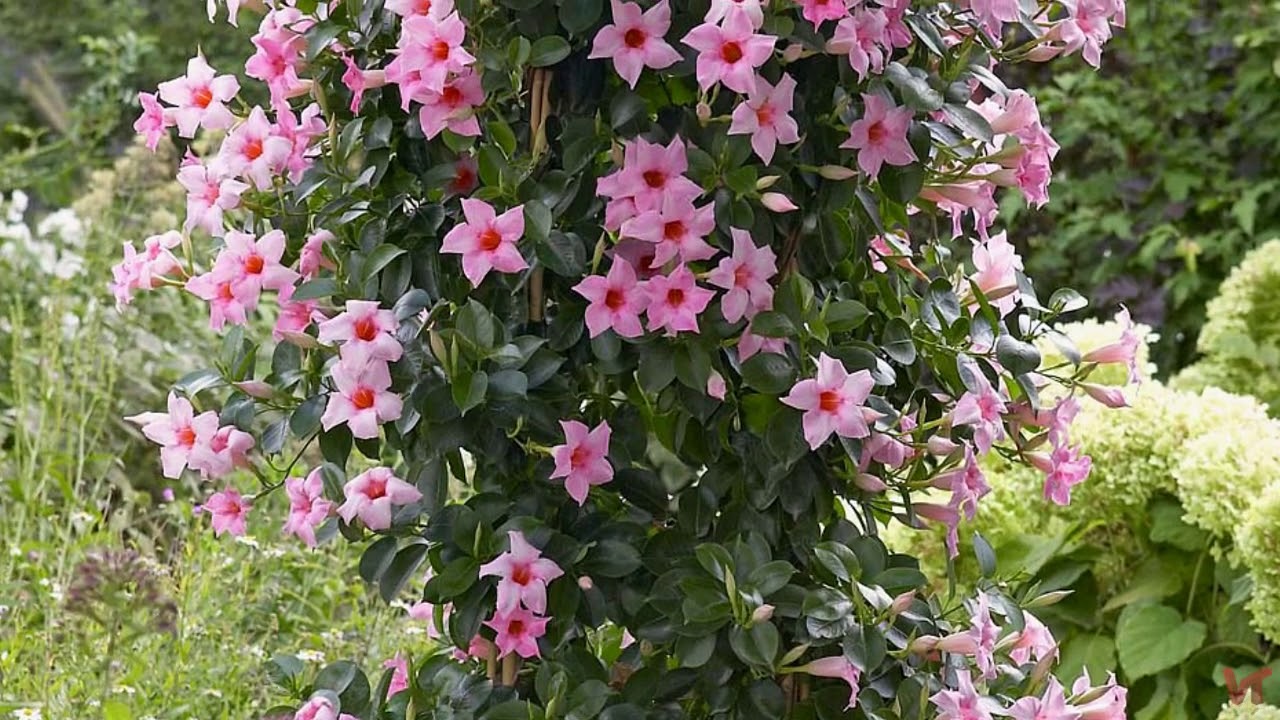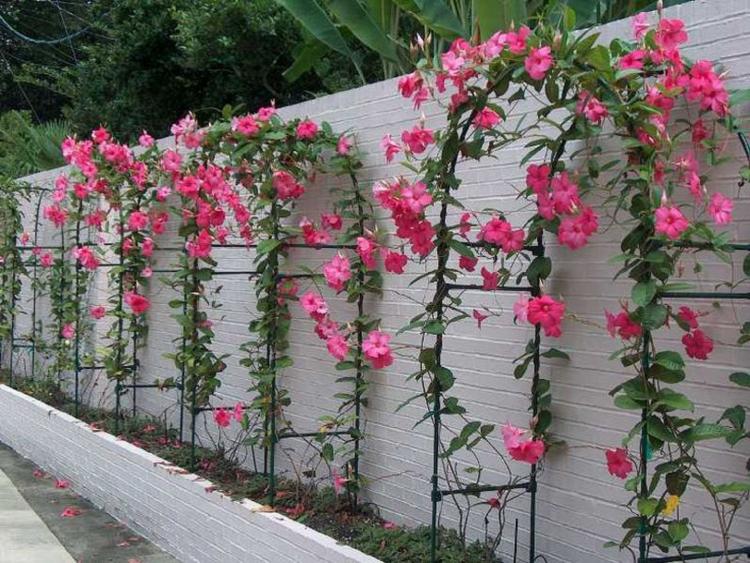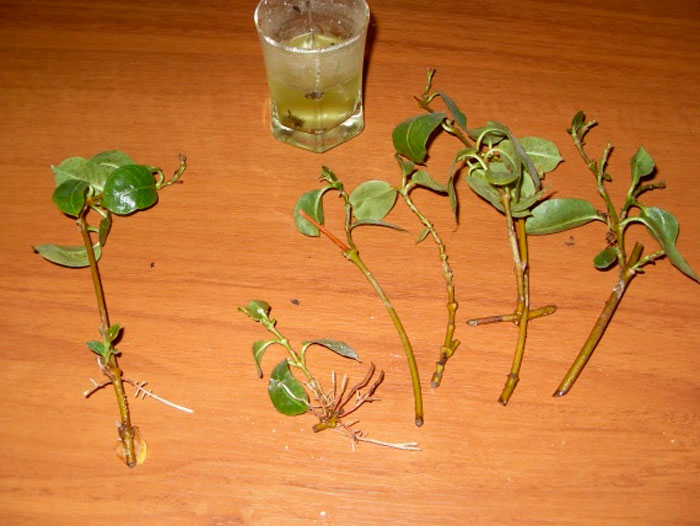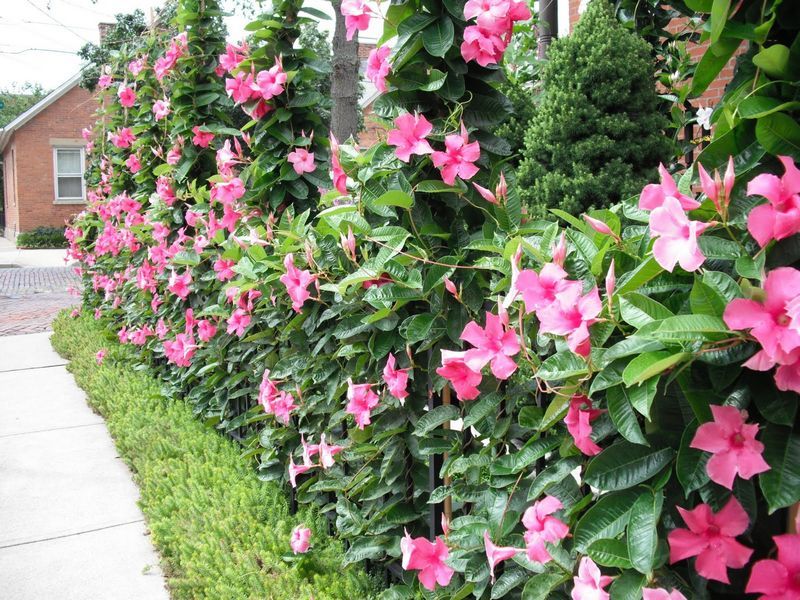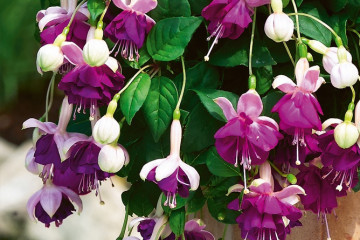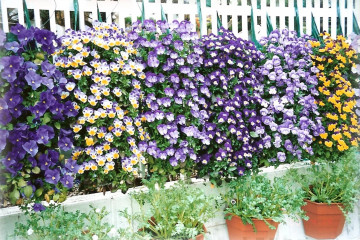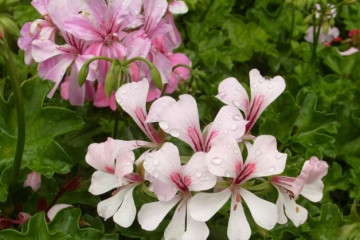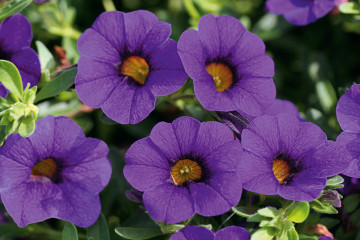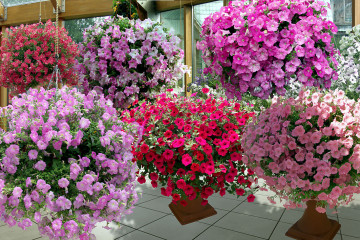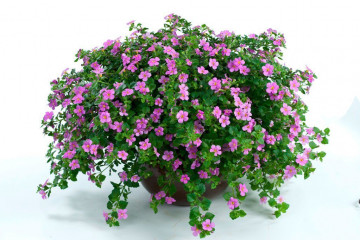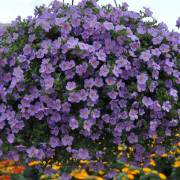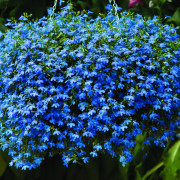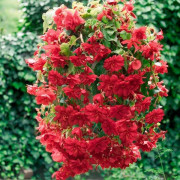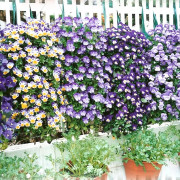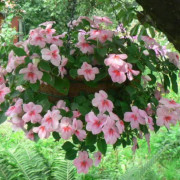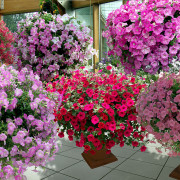Diplomas ampelous or mandeville - home care
Content:
What kind of flower of diplomacy (mandeville)? This beautiful plant (liana), which is distinguished by dense and lush foliage and bright gramophones, belongs to the Kutrovy family and is native to Latin America. Basically, diplomatic property is found in modern landscape design to decorate buildings, walls, supports, etc. This culture is unpretentious in care. The article further describes the features of the Mandeville flower: home care, breeding options and varieties of culture.
Types of Diplomacy
The Mandevilla flower is a popular greenhouse plant that has several names: Mandevilla, Brazilian jasmine or balsam, Mexican love tree, and Bolivian rose. It is a pleasure to grow a diploma in a garden or at home, regardless of the species.
There are more than 100 species of this flower in the world. The most popular ones are:
- ampelous diplomas. A climbing plant with fast growth, glossy oval leaf plates. The funnel-shaped fragrant flowers are composed of five petals in white, pink, crimson or red. An adult bush can have up to 80 flowers, which will not fall off for more than a week;
- Diplomatic property is red. Liana with bright green leaves, beautiful velvety red flowers that reach 12 cm in diameter, 30 cm in length. Needs moderate watering;
- yellow diploma. It has shortened stems and needs additional support. Yellow flowers are inherent in the Opal variety;
- Mandeville Lutea Tropical Dream. The variety is distinguished by bright yellow flowers in the form of gramophones;
- Diplomatic property of Red Star. Red flowers with a white star are large enough, reaching a height of 70 cm. This type of vine needs a little shading; Mandeville starts blooming in April and finishes in November. In the hot season, it needs abundant irrigation of foliage every day.
Mandeville is a plant that loves spacious pots and grows quickly, delighting with its unique appearance.
Diplomatic property ampelous (mandevilla): care in the garden
Diplomas in the garden are always beautiful: dense, dark green shiny foliage and bright exotic flowers will not cease to amaze with their beauty. If you grow a liana in a garden (for example, let it run over a gazebo or a wall, decorate an old vegetable garden, etc.), then Mandeville will completely cover the support with its tenacious stems and climb up to 2 m in height.
Many people plant diplodes in the yard or in the garden near outbuildings, not only to refine and decorate them, but also for additional protection (it is difficult for animals, for example, to get through the plant stems). The result is an amazingly beautiful green fence that will become the main highlight of the landscape.
There is also a room version of a diploma, which is as easy to care for in case of a flowering culture as it is on the street. But it is best to grow the plant in the yard. It is on the street that Mandeville blooms better and decorates the territory.
Diplomatic flowers need bright natural light, so this should be taken into account when choosing a place for planting seedlings. The most optimal soil for diplosing is one that consists of sand, moss, garden soil in equal proportions.This flower does not tolerate cold winds and poorly drained soil at all.
Features of growing a plant of ampelous Diplomacy:
- home care requires daily watering and spraying;
- a support in the form of a frame, a rack or a strap is required, along which the vine will trail;
- regular removal of damaged and dead leaves;
- regular pest control;
- in spring and summer, regularly feed diplodenia with mineral fertilizers.
Reproduction of Diplomacy (Mandeville)
The Mandeville flower, which is propagated by cuttings, is best planted between mid-spring and mid-July. In the spring, you can take green young shoots for this, and in the summer, more mature cuttings are suitable.
Breeding rules for diplopia in the garden:
- when pruning Mandeville cuttings, you need to make sure that there are two pairs of leaves on the stem;
- the lower part of the shoot is necessarily treated with a phytostimulant;
- in order for the cuttings to take root, you need to make a soil mixture of peat, sand and dry moss (in equal proportions).
After about four weeks, the first roots will appear on the cuttings of the plant, after which the diplodenia can be planted in pots.
Since the cost of vines is far from budgetary, many gardeners collect seeds and then germinate them themselves. Plant propagation by whiskers and seeds is also possible, although it takes longer.
Rules for propagating a flower by seeds:
- for seed germination, an air temperature of 22-28 ° C is required;
- you need a soil with a slightly acidic environment and a light texture;
- stagnation of water is not allowed, although the soil must be constantly wet.
On average, seeds germinate from 2 to 4 months, and during this time they require special care. This is not very convenient, so many people propagate the plant using tendrils that appear at the top of the shoots.
Why does Mandeville not bloom
The main reasons why Mandeville does not bloom: the plant at home is not sufficiently illuminated, it has little moisture, the air is dry or the soil is poor. Winter is not a very favorable time for a plant, but in the cold season you can grow a flower at home.
Dipladenia is a flower that depends on sufficient moisture and sunlight. Additionally, you need to monitor the optimal air humidity and top dressing of the earth. In the shade, the diplodemy does not bloom at all, and in the shade it can release only small inflorescences. If it is grown at home, then artificial lighting can be added.
With poor watering, flowers will not form, but stagnant water will lead to the death of the plant (the roots will begin to rot, and the leaves will turn yellow). But fertilizing with mineral fertilizers will help make the flower bed lush.
By following these simple rules, you can grow an amazing vine. With timely watering, applying top dressing, the diplodenia will be lush and bright.

